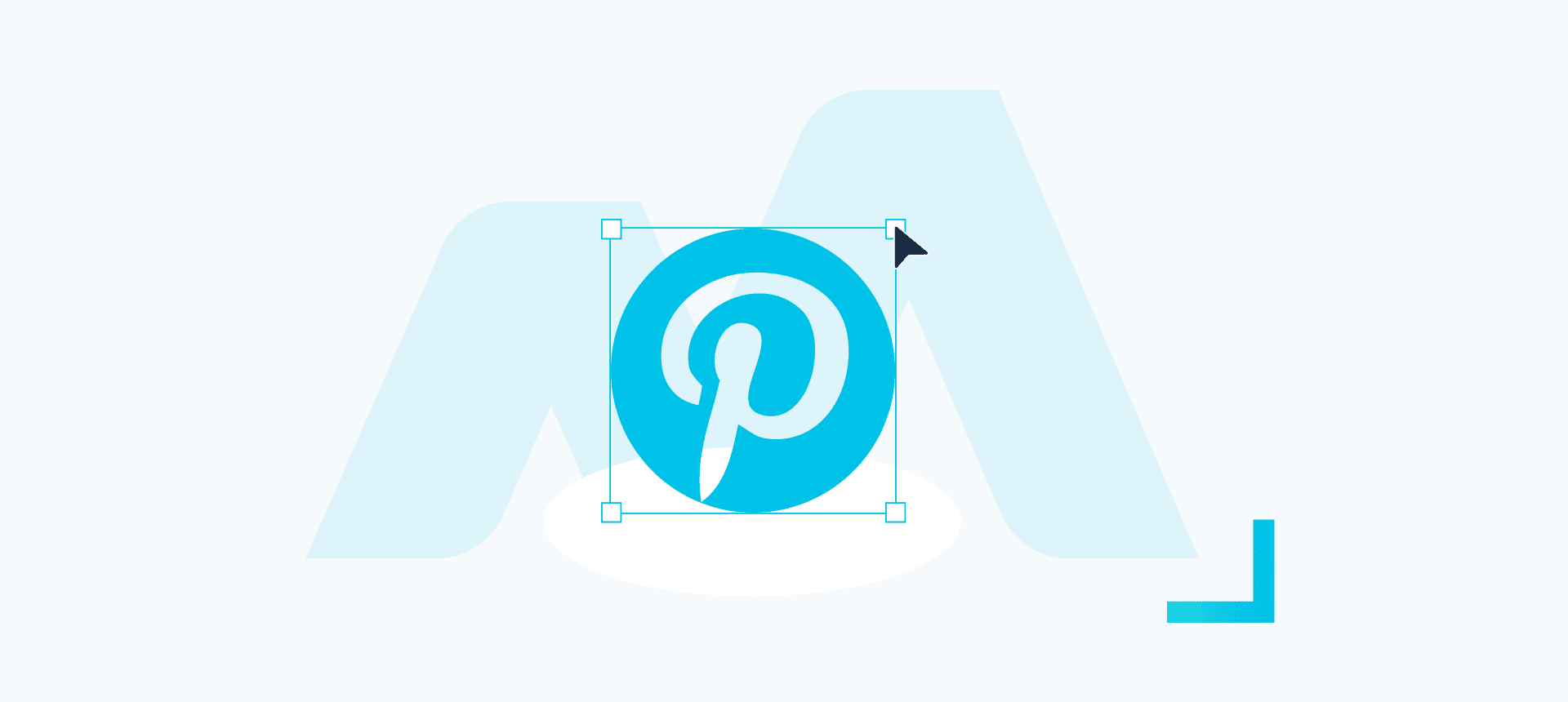Anybody currently using Google for ads will know the growing focus on automation and personalisation. Rather than broadcast (although you can certainly do that with Google Ads, too), Google increasingly focuses on narrowcasting – getting your ads seen by the right audience at the right time in a way that happily complies with privacy law.
Gone are the days of uploading generic copy and images and hoping for the best. These days, ads work like a well-oiled machine, aiming to grab your audience just at the moment they’re about to reach for their wallet and make sure they find your products. In fact, Google is now so slick, that different customers can see different types of search results or ads based on who they are, where they are, and when they see your ad. More on that later…
One way in which Google helps you maximise your ad goals with the help of personalisation is through ad customisers. Never used them before? Don’t worry, we’ve got you covered, with a comprehensive guide to ad customisers and how to use them. Let’s get into it.
What are Google Ad Customisers?
Ad customisers allow you to automatically customise the text of your search ads, with features such as keyword insertion and countdown timers. That means if your audience searches for something similar to your site but not quite the same, ad customiser will work its magic with the search results so the ad reflects what your audience is searching for. Customisers give your audience confidence that they’ve found what they’re looking for.
They’re used across RSAs to dynamically insert information that’s updated either in a centralised space within the platform or by using a scheduled feed. It’s often easier to set this as a dynamic variable rather than manually updating 100s of ads.
Ad customisers allow you to add:
- Keyword that triggers the ad
- Countdown timers
- Location
- Custom feed-based information.
Keyword triggers


If someone were to search ‘top PPC agency’ and our ad said ‘Best PPC Agency’ the ad customiser would change our ad to reflect what the user is searching for, creating a sense for the customer that they’ve found their perfect match.
It’s worth having a default text too, so you have something to fall back on in case of an error.
Countdown timer


If you’re running a sale and want to create a sense of urgency within the ad copy, there is a countdown function. And urgency is pretty important when you want shoppers to choose your product.
In fact, a 2018 study found that humans are more likely to prioritise a non-important task over an important one simply when the less important one is more urgent.
To set up the countdown timer, enter the date and time of when the sale ends, along with how many days before you want to show the customiser. This will then update automatically every day to reflect the countdown, without you having to manually change it.
Location data


People are more likely to opt for products or services advertised as being in their location, so use ad customisers to specify where you’re based (or where you want customers to see you as being based).
You can specify country, state or city. Use default text here, too, so it has something to fall back on in case it can’t find the location (in this case, the city of Bath).
Parameter customisers
Parameter customisers allow you to easily modify various aspects of your ads using a data feed file. You can select the elements you wish to change, from products and prices to availability of stock, which Google will dynamically display. This would be ideal for users with an online store, for example, who want potential customers to have the most up-to-date information possible.
How Do Ad Customisers Work?
Ad customisers work by allowing you to add dynamic content directly into your ads. They’re available for both text ads and responsive search ads and you can customise essentially any element of your ad text apart from the URL.
To set up an ad customiser, start by adding details for your customiser in your business data, either from a spreadsheet or manually. You’ll then specify where in your ad text you want the text to be customised by adding {} brackets with the name of your customiser into your ad text.
In the unlikely event that your customiser doesn’t work as it should, it’s always worth providing data that your ad can default to.
Why Use Ad Customisers?
There are plenty of benefits to ad customisers and they’re not restricted to any one type of business (although it’s especially effective for eCommerce stores). Essentially, if you believe your business could benefit from more personalised ads, ad customisers might be right for you. Here’s why they might be the secret weapon your business needs.
Tailored messaging
In a world of personalisation where consumers’ every move is dictated to their preferences, tailored messaging is everything. In fact, it’s even been shown to account for a 10-15% uplift in revenue and consumers now expect personalisation as a minimum.
Ad customisers allow your ads to be seen by the right consumers at the right time since they’re hyperspecialised to each individual web page.
Reduce workload
You need your ads to appeal to Google users, but you don’t want to spend unnecessary time tailoring the copy, images, location, and more on each individual ad. That’s where ad customisers are game-changing. By spending a little extra time upfront to get the customisers set up, you’ll reap benefits in the long term, freeing up your time to focus on bringing in more revenue.
Impressive scalability
Just one ad can have hundreds of variations with the help of Google ad customisers. This allows you to scale your marketing campaign relatively easily without too much work behind the scenes.
Boost conversion rates without changes
Typically, boosting your conversation rates within various stages of the marketing funnel involves making changes to your website, product pages, advert copy, or social media profile. Improving conversion rates with ad customisers happens automatically once you’ve set up the basics, so you won’t have to reinvent the wheel to boost your reach.
Google Ad Customiser Updates 2024
There are a few updates to Google ad customisers rolling out for 2024, so if you use them already, here’s what you need to know. Since June 30th 2022, users have no longer been able to create or edit ad customisers for expanded text ads. This is because the creation of new expanded text ads is no longer supported.
Likewise, you’ll no longer be able to upload or edit the business data for expanded text ads. Existing ad customisers for expanded text ads will continue until March 31, 2024. Google is currently recommending that you transition to responsive search ads, instead. If you’re new to Search, here’s a helpful guide to using it to get your message across.
Ad Customisers – Your New Secret Weapon
Think ad customisers are just what your Google ads need? You might be right. To discover whether ad customisers are right for you and get expert advice on how to use them effectively, you can always have a chat with a member of our friendly team here at Bind Media.
We’re experts in paid media, going the extra mile to help you grow your business with tech-first solutions. With our insider knowledge of Google’s best practices, we can support you on your journey to a better conversion rate. Don’t just take our word for it – our 11 Drum Awards speak (or bang, should I say) for themselves. Get your proposal for free today in three simple steps.




